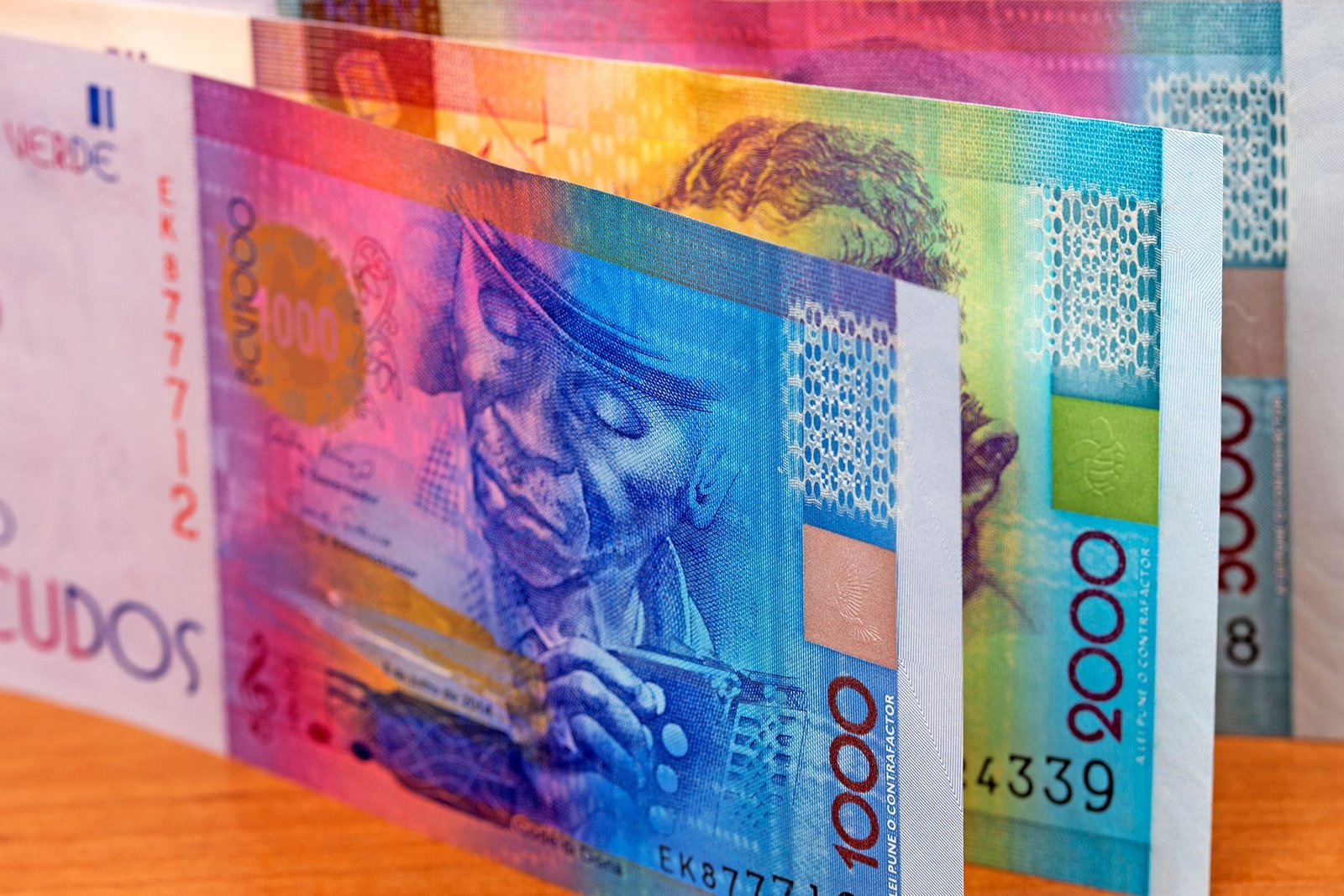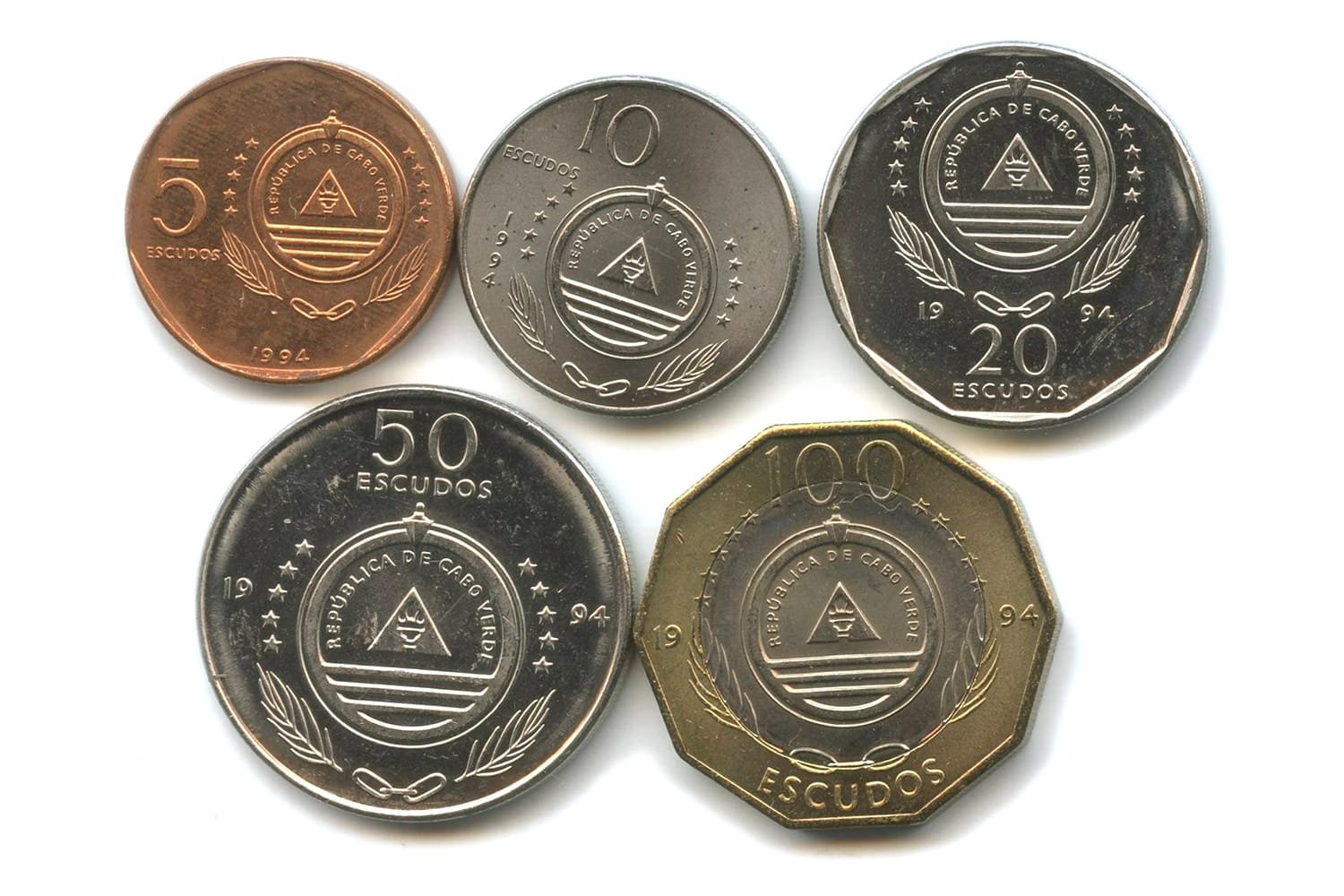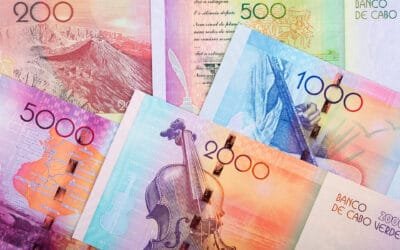Escudos: All You Need to Know About The Currency

The Cape Verdean escudo (CVE) is more than just a means of exchange; it’s a window into the nation’s history, economy, and daily rhythms. First introduced in 1914, the escudo replaced the old real at a rate of 1 escudo to 1,000 réis, signalling modernisation under Portuguese influence. Initially, Cape Verde used Portuguese coinage and banknotes issued specifically for its territories, but the escudo quickly established itself as a currency with regional identity, remaining in use through independence in 1975.
Currency Structure and Physical Form
The Banco de Cabo Verde administers the escudo today. It is subdivided into 100 centavos, although centavo coins are rarely used. In circulation are:
-
Coins: 1, 5, 10, 20, 50, and 100 escudos
-
Banknotes: 200, 500, 1,000, 2,000, and 5,000 escudos
Each coin denomination features national symbols — sea turtles on the 1 escudo, native birds and plants on higher values, and abstract designs on 100 and 200 escudo pieces. Banknotes are continually updated to feature prominent Cape Verdean figures, including writers, musicians, and politicians, thereby fostering a sense of national identity.
Read also: Meaning of Pictures on Cabpe Verdean Escudo Banknotes
Pegged to Stability
Escudos are pegged to the euro at a fixed rate of 110.265 escudos to 1 euro. This arrangement, originating from a 1998 accord with Portugal when the escudo was tied to the Portuguese currency, provides stability and predictability. Consequently, the escudo’s value against other currencies remains largely stable.
Recent exchange rates highlight this consistency: in mid‑2025, 1 USD equated to approximately 94–95 escudos, and 1 CVE equals around €0.00907, or $0.0105.

Everyday Use and Practical Tips
The euro is widely accepted, and visitors often bring euros and exchange them locally — although official exchange kiosks and banks are the safest options. Credit cards are convenient in larger hotels and restaurants, but many small businesses operate on a cash basis.
Practical advice:
-
Bring euros and change them locally to avoid unfavourable tourist rates.
-
Use cash when shopping in markets and small cafés.
-
Request smaller banknotes (200 and 500 escudos) for easier transactions.
-
Keep an eye out for new 200-, 500-, and 1,000-escudo polymer notes introduced in 2014–2015, commemorating national icons.
History in Your Pocket
The escudo tells a story. From colonial era usage with Portuguese ties to post-independence currency shifts, its evolution reflects Cape Verde’s political journey.
-
1914: Replacement of the real
-
1914–1930: Use of Portuguese coins with local banknotes issued
-
1975: Independence; Banco de Cabo Verde established
-
1977: First post-independence escudo coins and notes released
-
1998–1999: Pegged to Portuguese escudo and then to the euro
-
2005–2015: Introduction of commemorative coins and redesigned banknotes.
Final Takeaways
- Use escudos for everyday transactions.
- Bring euros and exchange them locally for the best rates.
- Carry smaller denominations.
- Respect the currency’s symbolism — its history and prominent figures showcase national pride.
- Budget with balance in mind — a beer might cost 100 CVE; a taxi ride around 500–1,000 CVE.
The Cape Verdean escudo, with its ties to Portugal and Europe, stays grounded in local context. It is a stable, reliable currency for islands shaped by the sea — and a tangible link to Cape Verde’s national story.
Bibliography
- Wikipedia – Cape Verdean escudo;
- Wikipedia – Escudo caboverdiano (Spanish);
- Wikipedia – Cape Verde;
- Investopedia – What is the Cape Verde Escudo?;
- Travelex UK – What is the currency in Cape Verde?;
- Wise – USD to CVE exchange rate;
- TradingEconomics – Cape Verde currency chart;
- elevatepay – CVE currency encyclopedia;
- ResearchGate – Cape Verde exchange rate policy.







